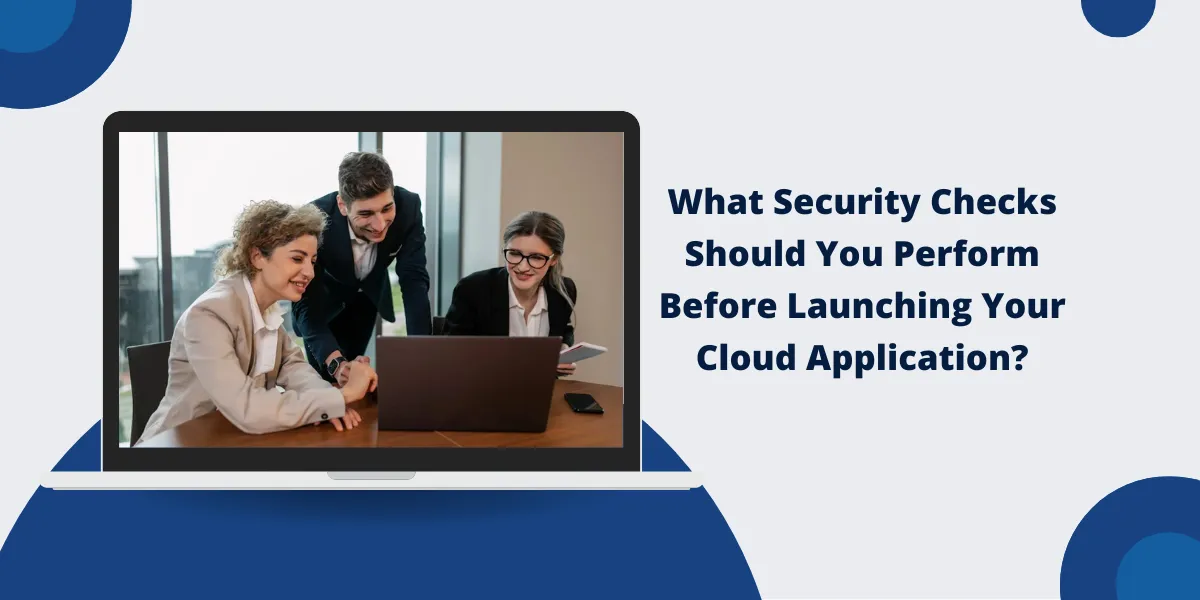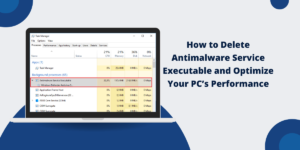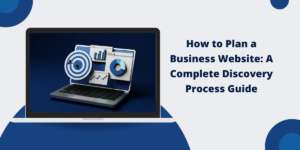Launching a cloud application requires more than just technical functionality. Security is critical to protect your data, users, and reputation from potential threats.
So, before going live, perform essential checks to identify and fix vulnerabilities. These proactive measures will help ensure a secure foundation for your app’s success.
Let’s explore the key security steps you should prioritize before launch!
Network Security Assessment
Securing your network begins with a thorough review of its configuration. Misconfigured firewalls, open ports, or insecure protocols can leave your application vulnerable.
Check access controls to ensure only necessary traffic is allowed.
And when using cloud platforms like Microsoft Azure, understanding environment-specific risks is critical. A 1-on-1 Azure risk assessment provides tailored insights into potential vulnerabilities and configuration gaps.
This personalized evaluation helps address areas that general security checks might overlook.
Fixing these issues early ensures attackers have no way in before you launch.
Data Encryption Review
Encryption protects sensitive information from unauthorized access.
Start by verifying that all data, both in transit and at rest, is encrypted using strong protocols like AES-256.
Weak or outdated encryption methods leave your application vulnerable to breaches.
And ensure database connections, APIs, and any external integrations use secure communication channels such as HTTPS or TLS.
Also, review key management practices—keys should be securely stored and rotated regularly.
Don’t overlook cloud-specific storage solutions. Double-check encryption settings to confirm they’re properly configured for compliance and security standards before launch.
Identity and Access Management Audit
Control who can access your cloud application.
Start by reviewing user roles and permissions. Limit access to the least privileges necessary for each user to minimize security risks.
Implement multi-factor authentication (MFA) wherever possible, adding an extra layer of protection beyond just passwords.
Administrative accounts should have tightly controlled access since they are prime targets for attackers.
And identify any inactive or unused accounts, and remove them immediately.
Regular audits ensure your identity management system remains secure and helps prevent unauthorized access before launch.
Application Vulnerability Scanning
Scan your application for vulnerabilities that could be exploited. Tools designed for vulnerability assessments can identify issues like insecure code, outdated libraries, or misconfigurations.
Focus on common risks such as SQL injection, cross-site scripting (XSS), and insecure API endpoints. These are often targeted by attackers and can lead to serious breaches if not addressed.
Run scans multiple times throughout development to catch new issues as updates are made.
After identifying vulnerabilities, prioritize fixing critical ones first to ensure a more secure application at launch.
Compliance Standards Verification
Verify that your application meets all relevant compliance requirements. Industry standards like GDPR, HIPAA, or SOC 2 may apply depending on your audience and data type.
Start by reviewing how user data is collected, stored, and processed.
Ensure privacy policies are transparent and aligned with regulatory obligations.
Encryption, access controls, and data retention practices should meet required guidelines.
Non-compliance can result in fines or legal issues. A thorough check before launch avoids these risks while building trust with users who rely on secure handling of their information.
Logging and Monitoring Configuration Check
Set up robust logging and monitoring systems to track activity within your application.
Logs provide a detailed record of events, which can help detect suspicious behavior or system failures.
Ensure logs capture key information like access attempts, changes to configurations, and unusual activity patterns.
Monitoring tools should send real-time alerts for potential security threats, allowing you to respond quickly.
Test these systems before launch to confirm they’re capturing data accurately.
Proactive monitoring not only strengthens security but also helps maintain operational reliability after deployment.
Backup and Disaster Recovery Test
Prepare for unexpected failures by testing your backup and disaster recovery systems. Verify that backups of critical data are current, securely stored, and easily accessible in emergencies.
Simulate potential scenarios like server crashes or ransomware attacks to assess how quickly systems can be restored.
Identify gaps in the process during these tests to refine your recovery plan.
Don’t rely on assumptions—test regularly to ensure everything works as expected.
A reliable backup and recovery strategy minimizes downtime and protects valuable data when the unexpected happens.
Final Thoughts
Security should never be an afterthought when launching your cloud application.
By performing these essential checks, you will reduce risks and build trust with your users.
A secure launch sets the stage for long-term success in today’s threat-filled digital landscape.

Priya Mervana
 Verified Web Security Experts
Verified Web Security Experts
Priya Mervana is working at SSLInsights.com as a web security expert with over 10 years of experience writing about encryption, SSL certificates, and online privacy. She aims to make complex security topics easily understandable for everyday internet users.



